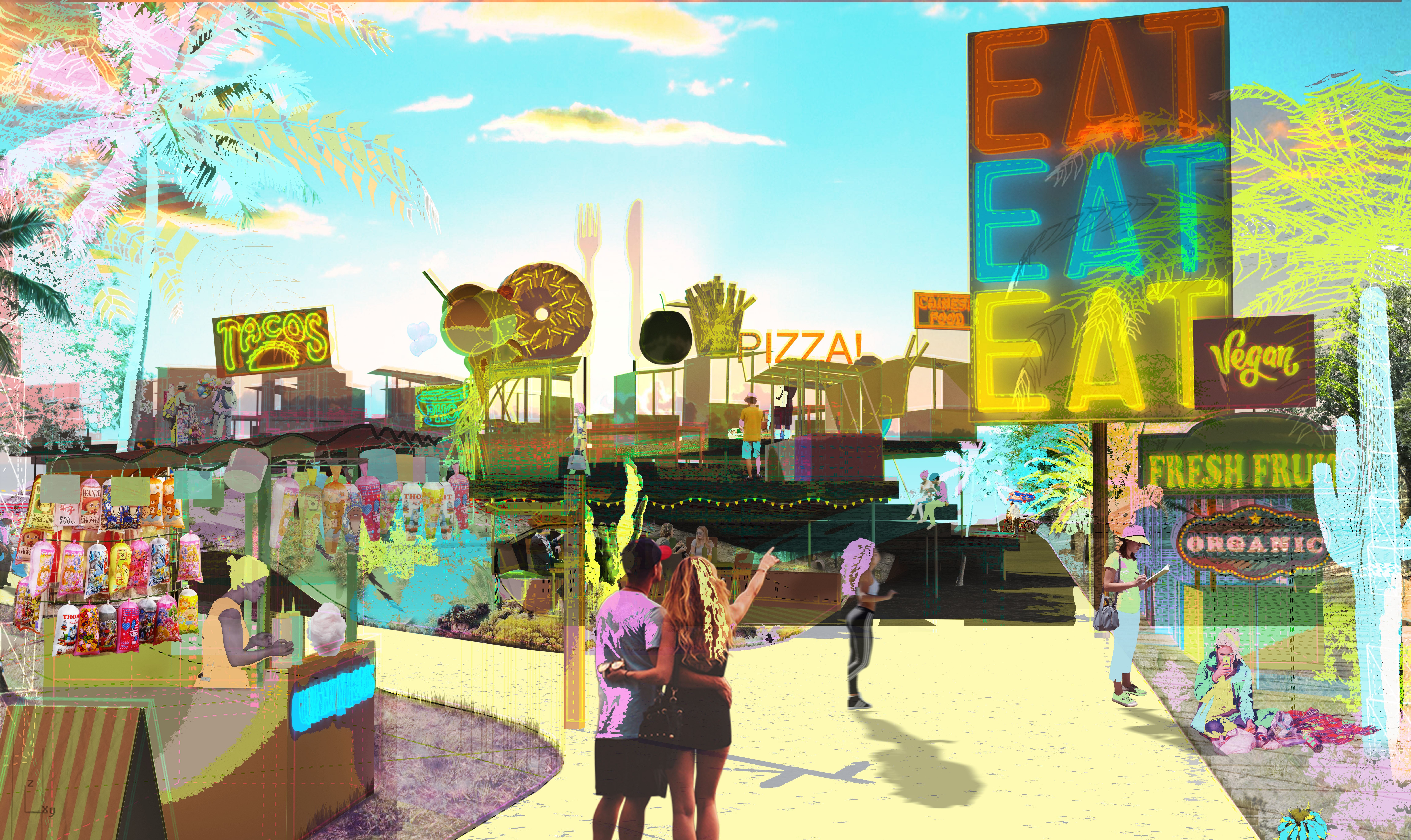
(In)visible Homelessness
Master of Landscape Architecture
University of Greenwich
London is experiencing a homeless crisis. Rocketing house prices and an unstable economy has left the most vulnerable people, including Theresa May’s “just about managing” families, not managing at all, and facing homelessness (Foster, 2017). The issue has aroused differing responses from the government and charities to help prevent people from becoming homeless. However, for the people existing day to day on the street we as designers have some responsibility to respond to their needs as most frequent users of the urban realm.
My proposal is caught within this question of how to design an urban space for every street user - be it a family, commuter or homeless person bedding down outside. The aim of this design is to consider the issue of visibility/invisibility surrounding street homelessness. The design is split between creating a hyper-visible space to attract mass crowds and invisible spaces for people living on the street. The invisible spaces will provide protection for homeless people and will only be used by those who know about them. The hyper-visible space of the monumental food landscape is designed for everyone to enjoy low-cost or free food. Providing spaces to shower, lock belongings away, sleep, eat and even opportunities work, the proposal ultimately aims to create contact between those who are homeless and charities who will run these amenities and the food landscape, creating a supportive community and holistic proposal that challenges the rising issue of homelessness within this area.
